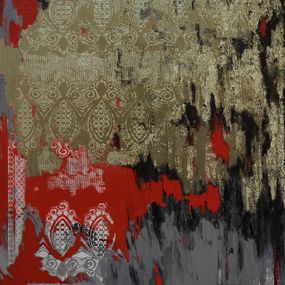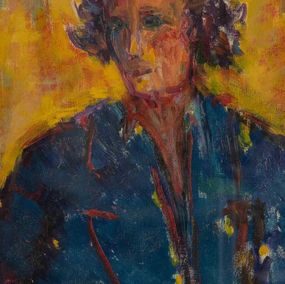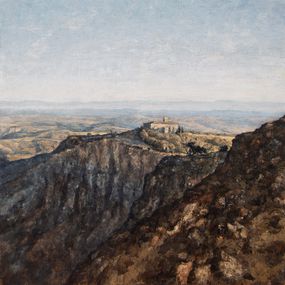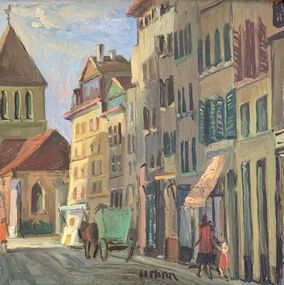
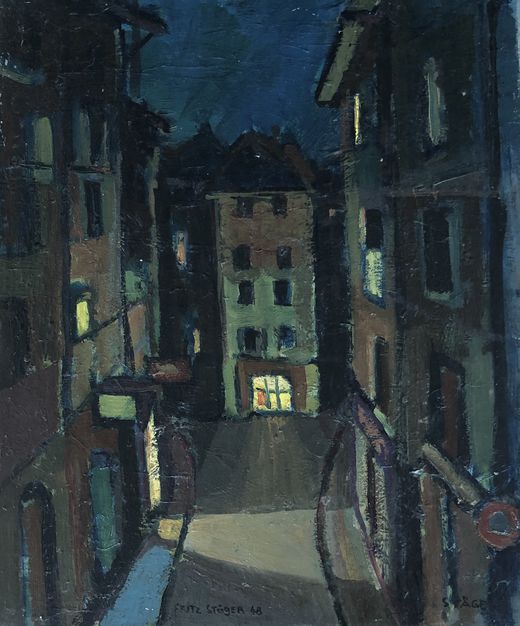
Biography
Born in 1917, the work of Fritz Stäger draws mainly from the 1930s. Throughout the 1930s, many political ideologies such as Marxist socialism, capitalist democracy and the totalitarianism of communism and fascism struggled for domination. and characterized the political atmosphere of the time.
In Born 1917, Fritz Stäger's work draws primarily on the 1930s. Throughout the 1930s, many political ideologies such as Marxist socialism, capitalist democracy, and the totalitarianism of communism and fascism fought for the domination and characterized the political atmosphere of the time. In Europe, surrealism continued to occupy a prominent place and grew to have an influence across the world. Leading artists have taken the ideas posed by surrealism and incorporated them into their radical political philosophies, creating a new kind of magical realism. This was illustrated by the work of artists such as Frida Kahlo and Diego Riviera in Mexico.
In the Soviet Union, Stalin's government urgently needed funds to implement the industrialization of the Five-Year Plan. In a stealthy attempt to acquire funds, the government offered to sell the treasures of the State Hermitage Museum in Leningrad (St. Petersburg), which included some 250 paintings of the Old Masters, a number of which had been deemed irreplaceable.
Most of the pieces became the property of Andrew Mellon, through New York-based art sales company Knoedler. In the United States, the Great Depression had a severe impact on artistic production, and artists began to focus on the idea of modesty and the common man on the streets. Interest in art in the United States also began to take a more political turn for the first time, and artists used these themes and ideas to try and influence society. Themes such as poverty, lack of affordable housing, anti-lynching, anti-fascism and workers' strikes have become commonplace in the work of several artists. By the end of the decade, World War II had begun, aided by the coming to power of Adolf Hitler in Germany in 1933. This political turmoil will continue to preoccupy artists and the world population alike.







